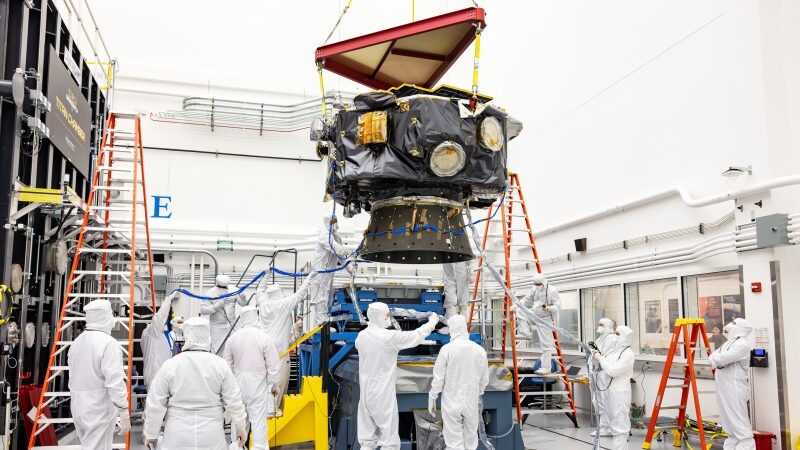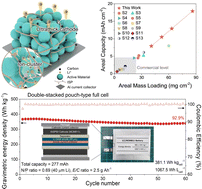H2A.Z deposition by the SWR complex is stimulated by polyadenine DNA sequences in nucleosomes
by Cynthia Converso, Leonidas Pierrakeas, Lirong Chan, Shalvi Chowdhury, Emily de Onis, Vyacheslav I. Kuznetsov, John M. Denu, Ed Luk The variant histone H2A.Z is deposited into nucleosomes immediately downstream of promoters, where it plays a critical role in transcription. The site-specific deposition of H2A.Z is catalyzed by the SWR complex, a conserved chromatin remodeler with affinity for promoter-proximal nucleosome-depleted regions (NDRs) and histone acetylation. By comparing the genomic distribution of H2A.Z in wild-type and SWR-deficient cells, we found that SWR is also responsible for depositing H2A.Z at thousands of non-canonical sites not directly linked to NDRs or histone acetylation. To understand the targeting mechanism of H2A.Z, we presented SWR to a library of canonical nucleosomes isolated from yeast and analyzed the preferred substrates. Our results revealed that SWR preferentially deposited H2A.Z into a subset of endogenous H2A.Z sites, which are overrepresented by polyadenine tracts on the top strands of the DNA duplex at the nucleosomal entry-exit sites. Insertion of polyadenine sequences into recombinant nucleosomes near the outgoing H2A-H2B dimer enhanced SWR’s affinity for the nucleosomal substrate and increased its H2A.Z insertion activity. These findings suggest that the genome encodes sequence-based information that facilitates remodeler-mediated targeting of H2A.Z.
by Cynthia Converso, Leonidas Pierrakeas, Lirong Chan, Shalvi Chowdhury, Emily de Onis, Vyacheslav I. Kuznetsov, John M. Denu, Ed Luk The variant histone H2A.Z is deposited into nucleosomes immediately downstream of promoters, where it plays a critical role in transcription. The site-specific deposition of H2A.Z is catalyzed by the SWR complex, a conserved chromatin remodeler with affinity for promoter-proximal nucleosome-depleted regions (NDRs) and histone acetylation. By comparing the genomic distribution of H2A.Z in wild-type and SWR-deficient cells, we found that SWR is also responsible for depositing H2A.Z at thousands of non-canonical sites not directly linked to NDRs or histone acetylation. To understand the targeting mechanism of H2A.Z, we presented SWR to a library of canonical nucleosomes isolated from yeast and analyzed the preferred substrates. Our results revealed that SWR preferentially deposited H2A.Z into a subset of endogenous H2A.Z sites, which are overrepresented by polyadenine tracts on the top strands of the DNA duplex at the nucleosomal entry-exit sites. Insertion of polyadenine sequences into recombinant nucleosomes near the outgoing H2A-H2B dimer enhanced SWR’s affinity for the nucleosomal substrate and increased its H2A.Z insertion activity. These findings suggest that the genome encodes sequence-based information that facilitates remodeler-mediated targeting of H2A.Z.













































































































































